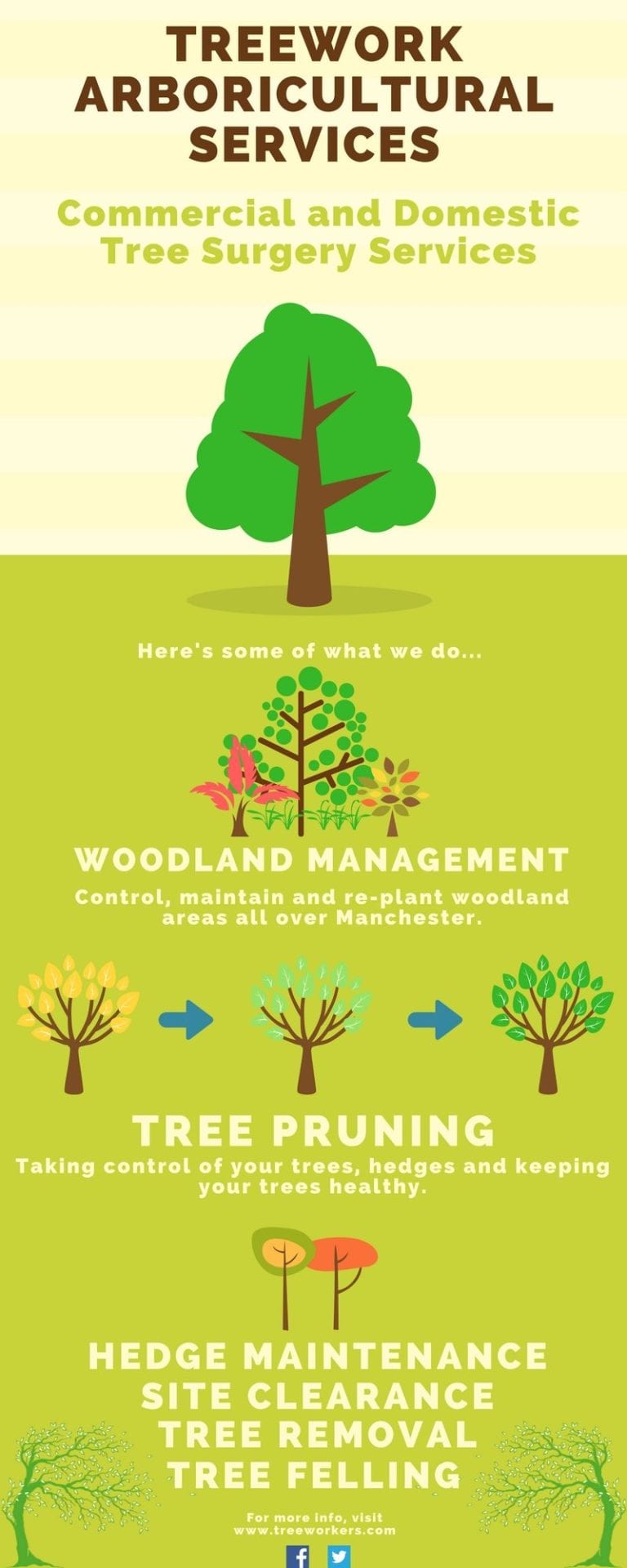Post-Tree Elimination Treatment: How To Recover Your Landscape Properly
Post-Tree Elimination Treatment: How To Recover Your Landscape Properly
Blog Article
Short Article Writer-Powell Deal
After a tree's removal, your landscape may look quite different, and it's important to assess the consequences very carefully. You'll wish to review the dirt disruption and check surrounding plants for any type of signs of anxiety. Disregarding these aspects can cause larger issues down the line. So, what should Tree Limb Removal Near Me perform with those stumps and origins? And exactly how do you choose the best plants for your revitalized room? Let's discover these vital actions.
Analyzing the Consequences: Examining Your Landscape
After a tree removal, it's important to analyze your landscape to recognize the effect it carries your backyard.
Start by examining the location where the tree stood. Search for indications of dirt disturbance, and examine the surrounding plants for any anxiety or damages.
You need to also keep in mind of how the removal has actually altered sunlight direct exposure and air movement in your yard. This shift can influence the growth of neighboring plants, so it's necessary to review their health.
Consider the visual elements too; the elimination may produce an open space that you can redesign.
Ultimately, think of any type of possible disintegration problems that could develop from the tree's lack. Addressing these variables early will help restore equilibrium to your landscape.
Dealing With Stumps and Origins: Options for Elimination
When you have actually assessed the results of the tree removal, you'll likely need to tackle the stump and roots left.
You have a few options for removal. One efficient technique is stump grinding, where an expert uses a machine to grind the stump down to underground level. This technique leaves marginal disturbance to your landscape.
If you favor a DIY approach, you can utilize a combination of excavating and chemical stump removers. Just bear in mind, this process can require time and initiative.
Additionally, consider leaving the stump as an all-natural function, which can work as a distinct garden element or habitat for wildlife.
Whatever you choose, dealing with the stump and origins is important for recovering your landscape.
Selecting the Right Plants for Your New Space
As you assess your recently removed area, choosing the right plants can considerably improve your landscape's appeal and performance.
Beginning by thinking about the sunshine and dirt conditions. For sunny locations, select drought-resistant plants like lavender or succulents. In shaded areas, ferns and hostas grow well.
Think about the dimension and development routines of your plants; mix perennials and annuals for seasonal variety. Don't fail to remember to include indigenous types; they need less maintenance and assistance neighborhood wildlife.
Team plants in strange numbers for an extra natural appearance and develop layers for visual deepness.
Ultimately, guarantee you have a mix of colors and appearances to maintain your landscape vivid throughout the seasons.
Delighted planting!
Final thought
Finally, recovering your landscape after tree elimination is a gratifying procedure. By examining How Much Does Tree Removal Cost Near Me , dealing with stumps and origins, and selecting the right plants, you'll produce a successful setting. Don't neglect to integrate erosion control measures to secure your dirt. With a little effort and treatment, you can transform your area right into a lively yard that enhances your building. Embrace the chance to rejuvenate your landscape and enjoy the beauty of nature right in your backyard!
